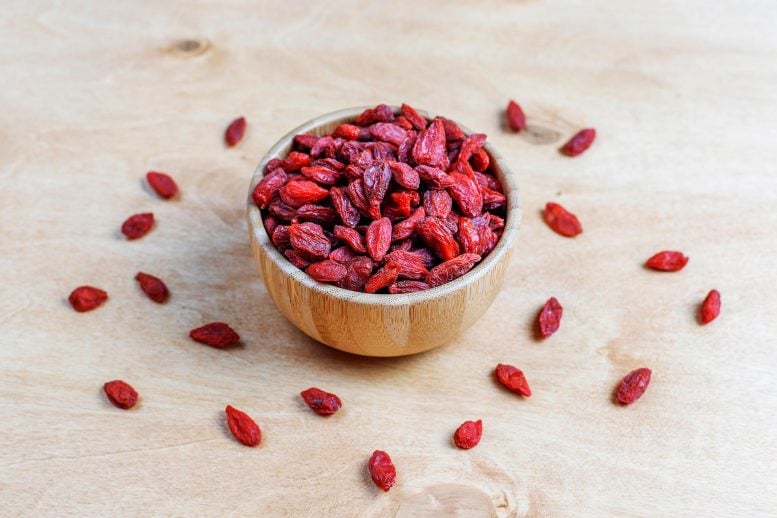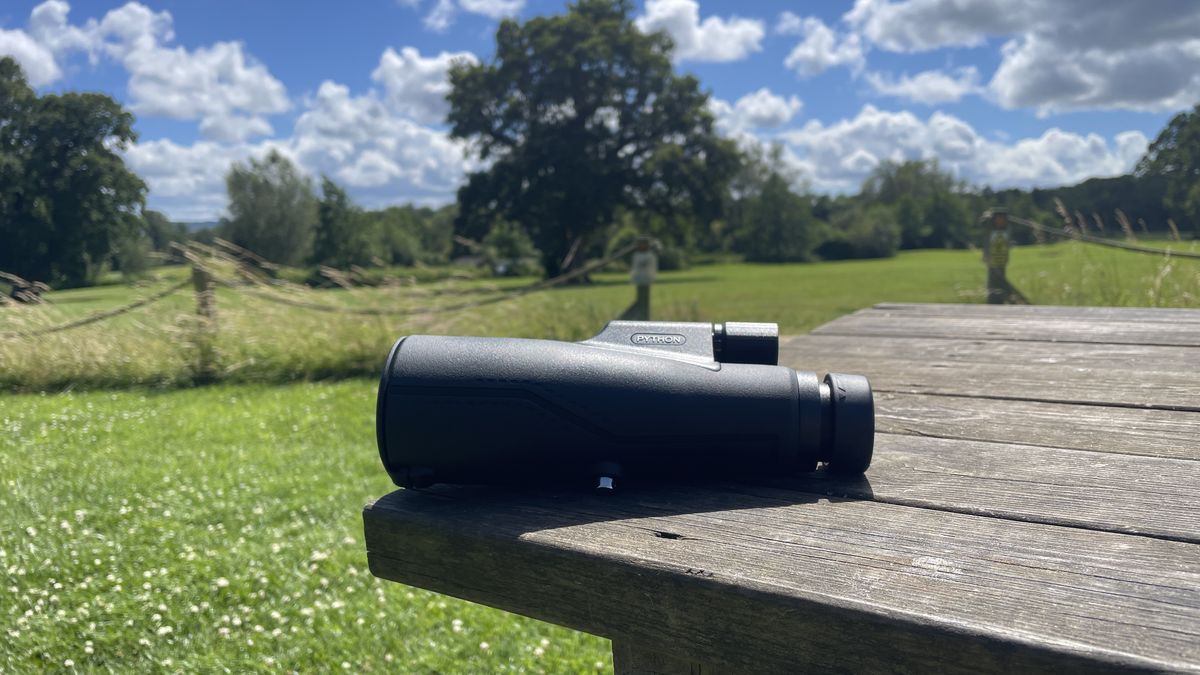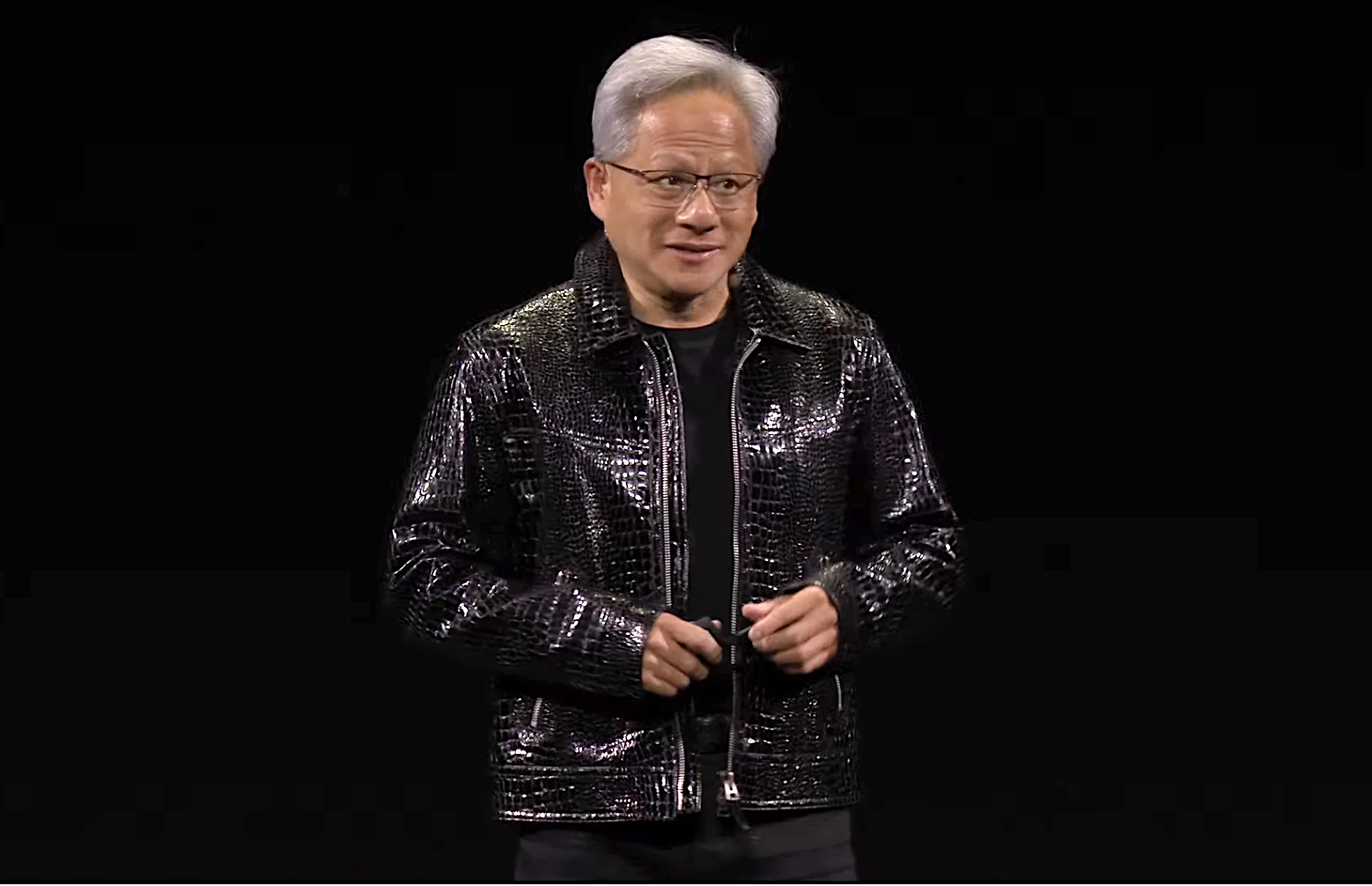 |
| Anachronornis anhimops Houde, Dickson & Camarena, 2023
|
Abstract
We describe nearly complete skeletons of basal Anseriformes from the Latest Paleocene to the early Eocene of North America and Europe. Collectively, these birds appear to be representative of anseriforms near the divergence of Anhimae and Anseres, but their exact positions relative to these clades remains uncertain. A new family, Anachronornithidae nov. fam., is erected on the basis of one of these, Anachronornis anhimops nov. gen., nov. gen. et sp., to which the others cannot be confidently assigned. The new fossils augment a growing collection of early Pan-Anseriformes, which in their diversity do not paint an unambiguous picture of phylogeny or character state evolution on the path to or within crown-Anseriformes. Anachronornis nov. gen. is similar in some aspects of both cranial and postcranial anatomy to other well-represented early Paleogene Anseriformes and members of Anseres, such as Presbyornis Wetmore, 1926. However, it exhibits a more landfowl-like bill, like that of Anhimae and unlike the spatulate bill of Anseres. Additional specimens of similar basal Anseriformes of uncertain affinities from the early Eocene of North America and Europe further complicate interpretation of character state polarity due to the mosaicism of primitive and derived characters they exhibit.
Keywords: Anseriformes; Anseres; Anhimidae; Anachronornithidae; Presbyornis; Anatalavis; Nettapterornis; Anachronornis; Danielsavis
 |
| Holotype of Anachronornis anhimops nov. gen. et sp. (USNM 496700): skull, ventral (A), dorsal (B), right lateral (C), right lateral in matrix (D), caudal (E); mandible with heavy gauge wire glued to medial side of right dentary, right lateral (F), dorsal (G), oblique caudomedial aspect of right side (K), right caudal (O); quadrates, left lateral (H), right lateral (I), left medial (L), right medial (M); basihyal (Q), costal fragment with uncinate process (R), left palatine (S), right thoracic vertebrae (T). Quadrate (USNM 496701; Anseriformes fam. incertae sedis): right lateral (J), right medial (N). Holotype of Danielsavis nazensis nov. gen. et sp. (NMS.Z.2021.40.1): right caudal mandible (P). All but (D,P) are coated with ammonium hydroxide. Scale bar 1 cm. |
Class Aves Linnaeus, 1758
Order Anseriformes Wagler, 1831
Family Anachronornithidae nov. fam. Houde, Dickson, and Camarena
Included genus Anachronornis nov. gen.
Diagnosis: Anachronornithidae nov. fam. is distinguished from all known Anhimidae and Anseres by a lack of unambiguous synapomorphies diagnosing those respective clades and in many respects is intermediate between the two.
Anachronornis nov. gen. Houde, Dickson, and Camarena
Etymology: From the Greek ἀναχρονισμός, out of time, and ὄρνις, bird, alluding to the unexpectedly late occurrence of what may be, or may be close to, the most recent common ancestor of the two crown-anseriform lineages, Anhimae and Anseres.
Type and only known species: Anachronornis anhimops nov. gen. et sp.
Occurrence: Late Paleocene of North America.
Diagnosis: As for the family, by monotypy. (Full account of all putative apomorphies by dataset in Supplemental Materials and Supplementary Appendices A3, B2, C2, D2, F3, G6 and G7).
Anachronornis anhimops nov. gen. et sp. Houde, Dickson, and Camarena
Etymology: From the generic name Anhima, a screamer, and ops (Greek, face, countenance, appearance of the face). The name is intended to refer to the screamer-like bill and appearance of the head, particularly like that of Anhima in which the supraorbital region may be somewhat narrower than in Chauna.











Leave a Comment